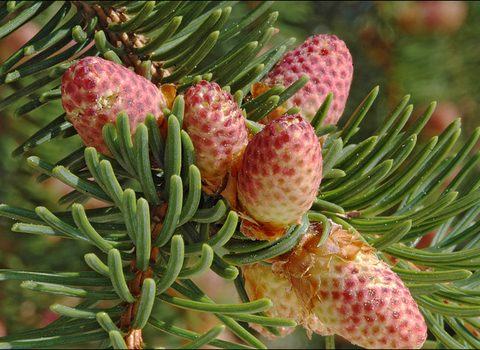
©Amadej Trnkoczy
Norway spruce
The Norway spruce was introduced into the UK from Scandinavia in the 16th century. It is familiar to us all as the 'original' Christmas tree and displays hanging, reddish-brown, oblong cones.
Scientific name
Picea abiesWhen to see
January to DecemberSpecies information
Category
Statistics
Height: up to 40mIntroduced, non-native species.
Habitats
About
The Norway spruce is a tall, evergreen conifer, originally from Scandinavia that was introduced into the UK in the 16th century. Familiar to us all as the traditional 'Christmas tree', the Norway spruce is a common sight across the UK's landscape, cultivated in plantations for the Christmas tree market and for timber products.It is pyramidal in shape, displays needle-like, pointed leaves, and has large, cigar-shaped cones that open their 'scales' to release the seeds inside. Individual trees can grow to 40m.
